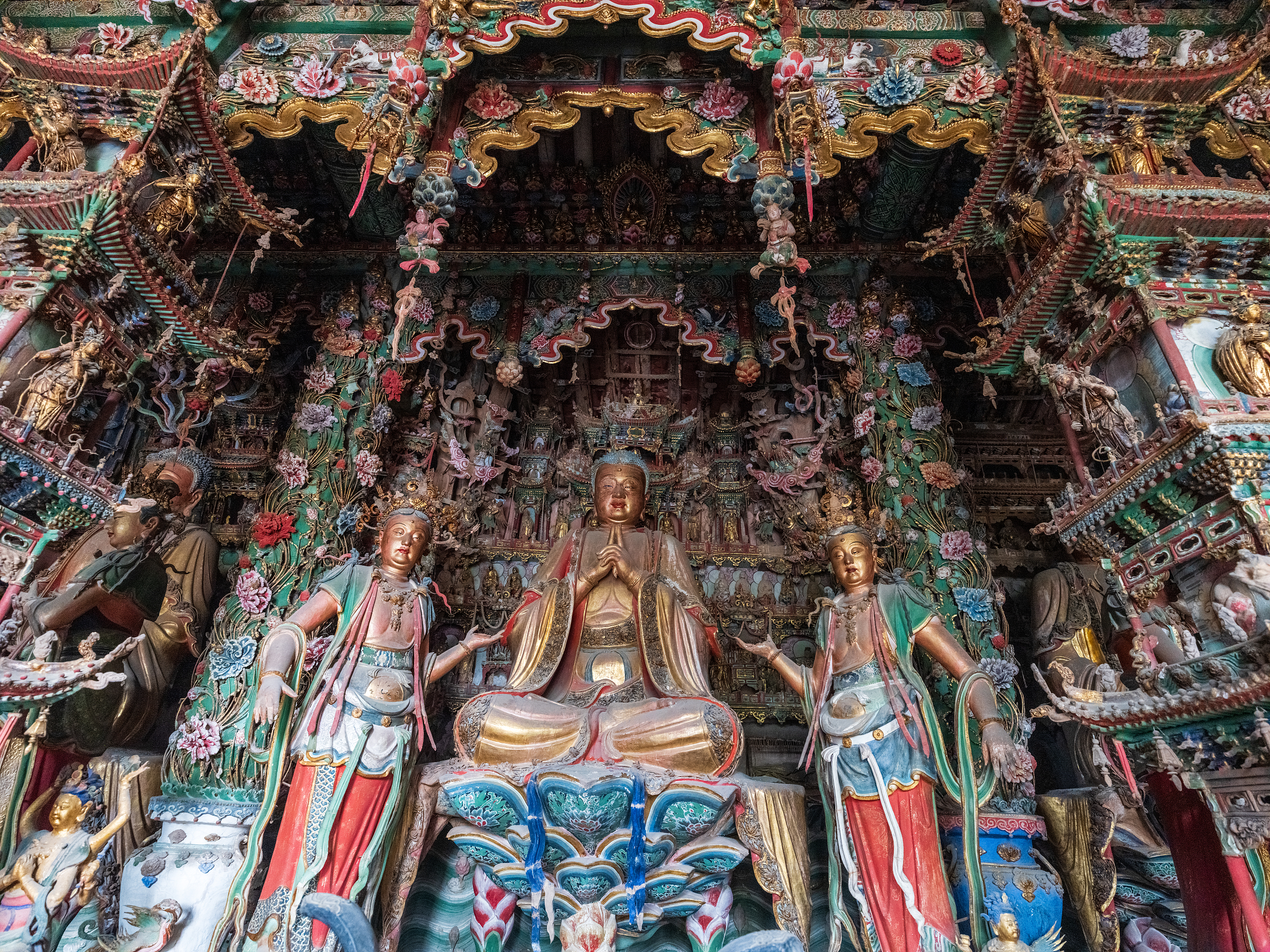Wukong Rides High, Chinese Culture Goes Global

A Chinese video game, Black Myth: Wukong, has become a global sensation. Its latest trailer has an arresting dialogue: "Use powerful methods, but have a compassionate heart and that's your destiny." This reflects the essence of the game's central character, Sun Wukong, or Wukong, a figure with a strong will, a rebellious streak and persistence.
Black Myth: Wukong fulfills gaming enthusiasts' desire for high-quality games. It not only impresses with its visuals and combat mechanism but also offers players an immersive experience in Chinese culture.
For culture lovers, exploring the cultural heritage behind the game is equally exciting. The game's plot and depiction of Chinese historical sites like the Fo Guang Temple, a Tang Dynasty (618-907) Buddhist temple in Shanxi province that is a UNESCO World Heritage Site, and Chinese mythological figures create an interactive cultural experience that sparks curiosity and encourages more people to learn about China's heritage.
Exploring a Chinese classic
Developed by Game Science, a Chinese video game developer that is now almost a household name, the game blends modern gaming elements with time-honored Chinese mythology, inspired by Journey to the West, the Chinese classic about monk Xuanzang's pilgrimage to India.
At the core of Black Myth: Wukong is the legendary story of the Monkey King, Wukong, who accompanies the monk and keeps him safe and is one of the most iconic characters in Chinese literature. Written by Wu Cheng'en during the Ming Dynasty (1368-1644), the original book is a tale of adventure, spiritual growth and mythical creatures. The game incorporates various mysterious figures, moral dilemmas and supernatural elements that are prevalent in traditional Chinese tales.
While Journey to the West is a Chinese classic, its themes of adventure, personal growth and spiritual exploration have universal appeal and are shared by many global masterpieces. The story too has been adapted in various countries and languages globally. Iconic characters like Wukong have become cultural symbols not only in China but also in other parts of Asia, including Japan and South Korea.
The cultural heritage behind the game
Black Myth: Wukong not only draws inspiration from Chinese mythology but also integrates elements of ancient Chinese architecture. The developers have meticulously crafted environments that showcase traditional Chinese aesthetics such as dougongs (bracket sets), paifangs (archways), and stone carvings.
According to incomplete statistics, out of the 36 locations featured in the game, 27 are in Shanxi. The Foguang Temple on Mount Wutai is one of the oldest surviving wooden structures in China. Known for its harmonious design and grand halls, the temple embodies traditional Chinese architectural principles such as symmetry, balance, and respect for nature. Its wooden beams and intricate carvings reflect the essence of Tang-era architecture. In this game, similar architectural styles can be seen in the game's depictions of ancient temples.
Another spot in the game is the Xiaoxitian temple, a hidden gem in Shanxi famous for its stunning caves, temples and cliffside sculptures. This temple blends Buddhist, Taoist and Confucian elements. The grottoes and statues reflect the splendid religious and cultural history of ancient China.
A culture industry professional who once visited this tourist attraction told Science and Technology Daily, "It truly is a national treasure of the highest level. The sculptures are exquisite, giving a sense of divine presence." The game integrates similar environments, featuring cave temples with Buddhist statues.
These elements are just a fraction of the Chinese cultural legacies that the game presents. Other cultural treasures such as the Dazu Rock Carvings, Buddhist art in Chongqing city in southwest China, and the Lingyin Temple in Hangzhou, as well as Shaanxi folk songs, are also offered in the course of the packed action.
Black Myth: Wukong has not only sparked a wave of enthusiasm for traditional Chinese culture, but it also projects a thriving, modern China, where technological innovation empowers the cultural industry.







